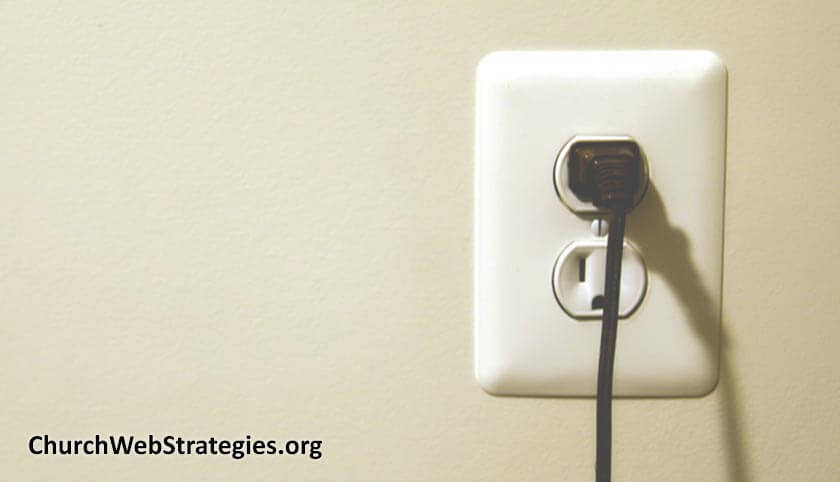Take a moment to consider all your church’s digital assets. They most likely include your website, social media, search engine ranking, mobile apps, and church operations. They are not entities to keep separate. Digital platforms are everywhere in your church. The better news is that they can often share and exchange information. Here I will encourage you to better integrate your digital platforms to grow your church and reduce resources.
If you are reading this blog you probably see the potential for integrating digital platforms. You may also know that the hub for nearly all your integration is your website. A good website platform is where you launch a multitude of integration points. Please start there and put out great content. Then connect it with these other platforms via plugins, services, or RSS feeds.
Service Content
A mobile-friendly page with your bulletin content can save you time and money every Sunday. You can post the most recent bulletin, plus have a weekly archive of previous services. Use a standard address for the most recent publishing and/or QR codes to direct visitors to your announcements. Not only can you save money, but you more easily direct people to calls to action.
Social Media Posts
Platforms such as WordPress have great plugins. There are several that automatically publish new posts to social media platforms. If you have several social media outlets, or ones not supported, still link back to your website. This is where you have your content, and important next steps such as signup forms.
Email Lists
Instead of handing out cards and pamphlets, give an easy way for members to sign up for email lists. Email is still one of the top ways to connect with audiences. If you continually meet someone expectations (right content & frequency) they will consume and act upon your messages. You can generate emails on an individual basis, or create ones that serve content from an RSS feed.
SMS Text Messages
Text messages are currently the king of content when it comes to viewing rates. The vast majority of Americans have a cell phone that supports text messages. Unless your setting is rural or in extreme poverty, most of your congregation can use this form of communication. Use this channel to send out reminders, Bible verses, or encouragement. Smartphone users can opt in to get notifications of new content. Just make sure your pages are mobile friendly!
This is just a sampling of connection points you can make with your digital platforms. The primary hub is your website, so ensure you can view it on a myriad of devices. This means utilizing standards-based code, and probably using a responsive design framework. Consider phones, tablets, desktop computers, and even televisions. Use website platforms such as JetPack for WordPress to push notifications out to social media. Email services such as MailChimp easily connect to RSS feeds. Finally, services such as If This, Then That are great for sharing between social media accounts.
Action Item
Determine a baseline cost for how you conduct business today. Then integrate one piece of your church’s digital platform. Measure your success criteria. This may mean more engagement online, higher event attendance, or saving money. Regardless, show that the hours you spend connecting your digital systems is well worth it. Then prayerfully consider a road map of platforms to join.
Photo courtesy of Aaron Beall

